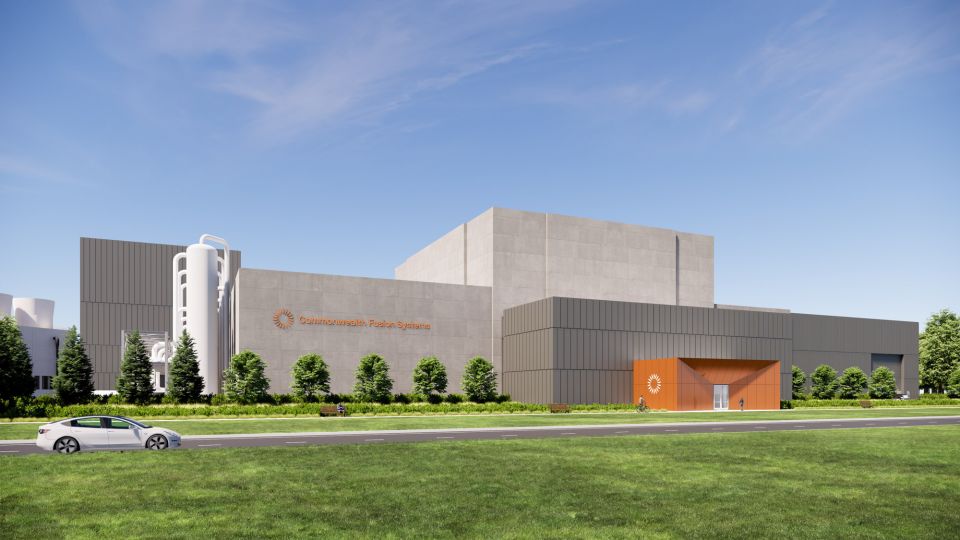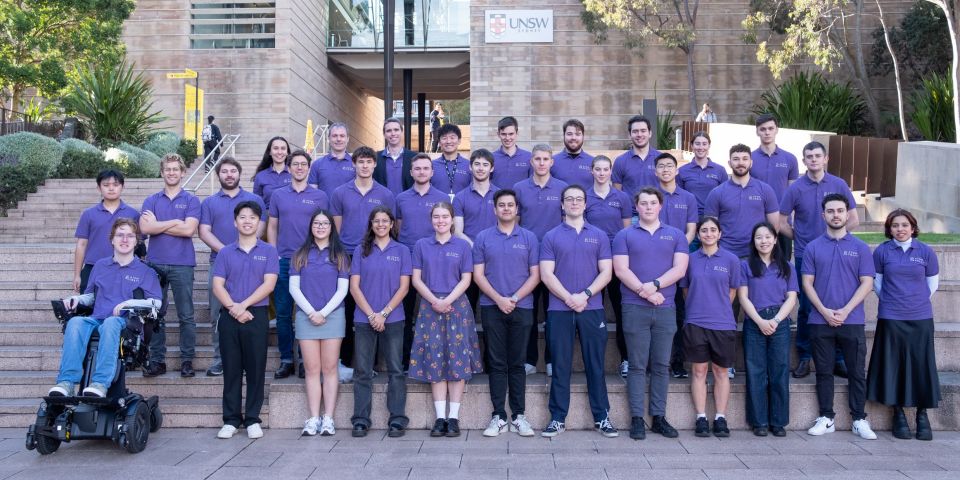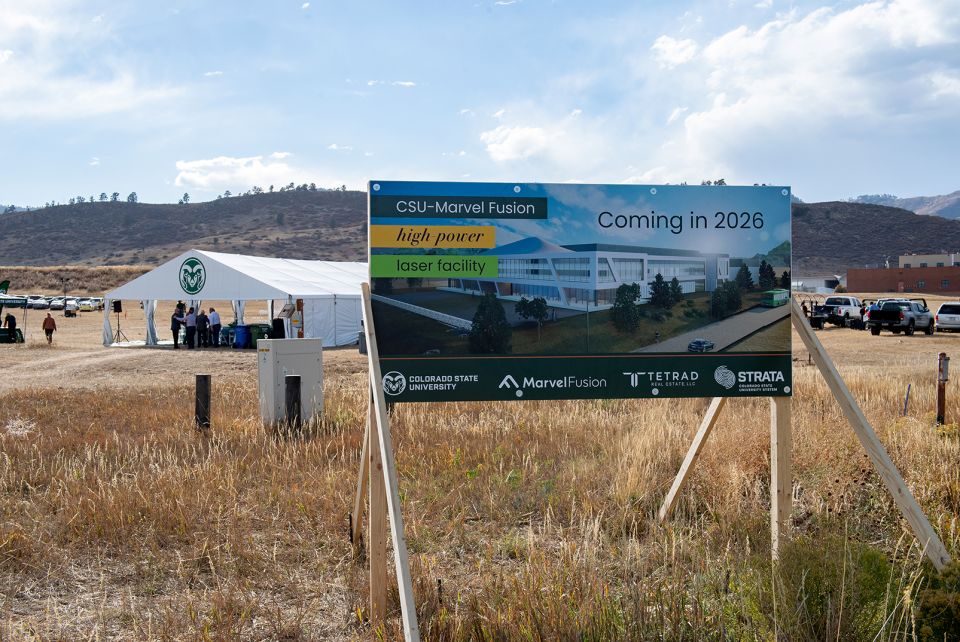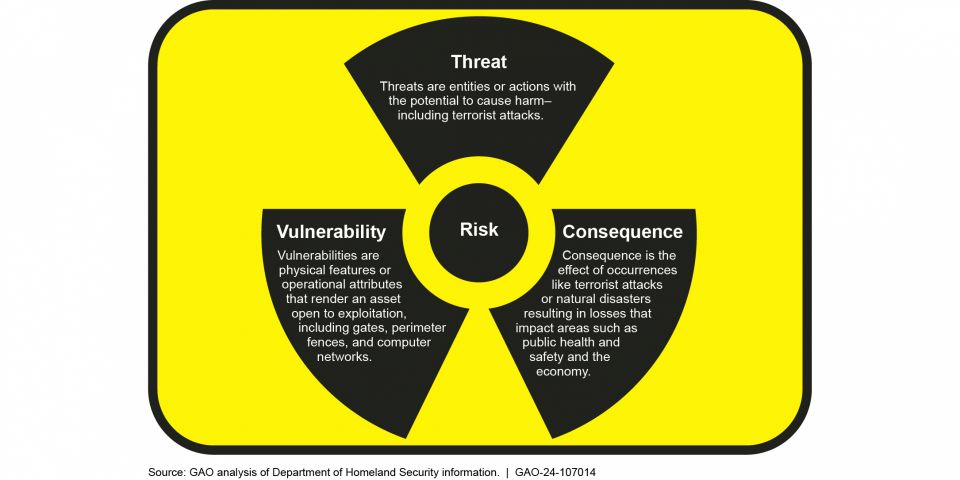New GAO report focuses on fusion

The latest advances in nuclear fusion, the remaining challenges, and proposals to overcome those challenges are the focus of a new report, Fusion Energy: Potentially Transformative Technology Still Faces Fundamental Challenges, published by the Government Accountability Office.
The review process: In order to prepare Fusion Energy, the GAO conducted a technology assessment that incorporated reviews of fusion studies in the scientific literature; interviews with stakeholders in government, industry, and academia; public focus groups; a fusion energy conference; and a meeting held in collaboration with the National Academies of Sciences, Engineering, and Medicine.
Key findings: Despite decades of research and recent promising developments, the report notes, fusion science has still not achieved net energy gain. For that goal to be met, researchers must improve their understanding of burning plasma; discover materials that can better withstand fusion conditions in sustained operations; overcome complex problems in systems engineering; and address concerns regarding the supply, safety, and security of tritium fuel. Further, a limited workforce, limited suppliers, regulatory uncertainty, and other factors pose potential problems for fusion development.
The report offers a number of policy proposals to address fusion challenges and accelerate fusion development, including the closer alignment of public and private sector fusion efforts, the sharing of assets for fusion development, and the engagement of the public in decision-making processes regarding fusion energy.
Important advances: The important recent fusion research developments noted in the report include the achievement of fusion ignition at Lawrence Livermore National Laboratory and advances in other kinds of technology that can be applied to fusion, such as computer modeling that helps researchers predict the behavior of plasma. These developments have led to increased interest in fusion—and increased funding. Private entities have invested billions of dollars in fusion startups, and the Department of Energy is providing hundreds of millions in funds to such fusion initiatives as the Fusion Energy Sciences program, the Inertial Confinement Fusion program, and commercialization efforts in partnership with the private sector.
Commercialization challenges: Insufficient understanding of plasma conditions like turbulence makes it difficult to optimize plasma confinement, to reliably produce fusion energy, and to create models that accurately simulate conditions inside fusion devices, according to the report. Moreover, a commercial fusion reactor will require materials that can withstand extreme conditions for months at a time to avoid frequent replacement of components. However, currently available materials degrade and fail too quickly for practical commercial applications.
Regarding tritium fuel, the report notes that the global supply is insufficient to meet commercial needs, the fuel cannot be stored effectively because it decays too quickly, and it is difficult to contain because the light element can become embedded in plasma-facing reactor components or escape into the environment.
There a number of challenges named in the report that could be adversely affecting investments in fusion and therefore ultimately impacting commercialization prospects: Public and private fusion efforts are not fully aligned, the development of fusion regulations is slow and complex, public perceptions of fusion are unknown, and fusion development is dependent on a limited workforce and limited number of suppliers.
Policy proposals: To better align public and private fusion efforts, the report urges policymakers to coordinate existing programs, missions, and organizational structures with fusion development goals. In addition, public-private partnerships focusing on fusion development should be expanded along the lines of the Innovation Network for Fusion Energy (INFUSE) program.
Several other policy proposals are described in the report. Funding mechanisms that provide greater predictability, flexibility, and accountability should be implemented, such as milestone-based programs that reimburse funding when performance targets are reached. Standardized research and development agreements, such as cooperative research and development agreements, would help to accelerate research. The sharing of research knowledge and facilities with other countries could help to accelerate both fusion advancement and workforce development.
To better understand public perceptions of fusion, policymakers could engage the public through surveys, focus groups, and special community events. The report recommends that cross-cultural public forums be used to ensure balance, transparency, and inclusivity, and that affected communities be included in decision-making regarding siting, construction, design, and operations.









